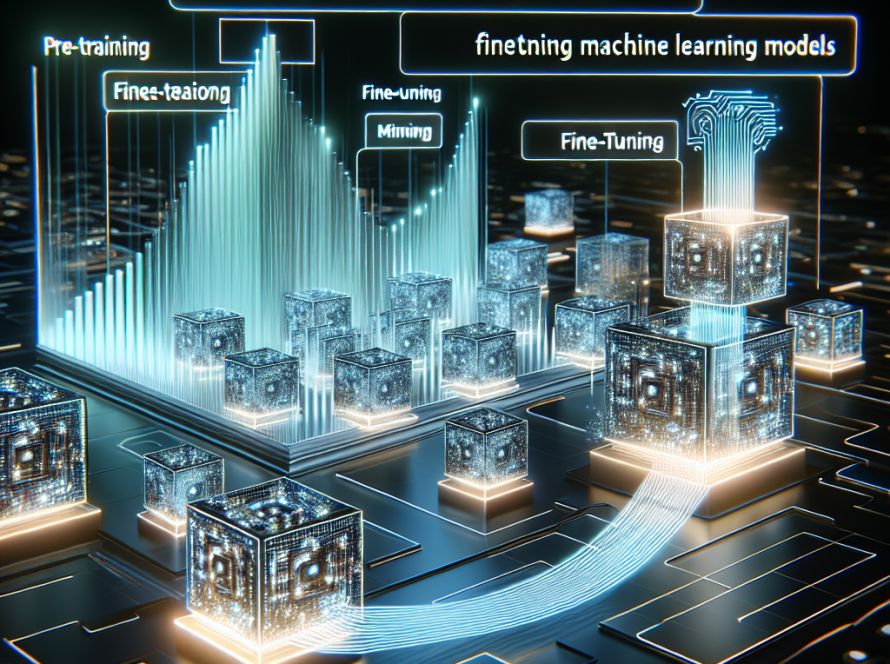Neural Architecture Search (NAS) is a process that utilizes machine learning to automate the design of neural networks. This development has marked a significant shift from traditional manual design processes and is considered pivotal in paving the way for future advancements in autonomous machine learning. Despite these benefits, adopting NAS in the past has been hindered by its high computational demands. However, the advent of weight-sharing NAS methods has alleviated this issue, reducing computational needs, enabling scalability, and promoting enhanced accessibility to a broader audience.
Initially, architectural experiments were computationally heavy and time-consuming, a limiting factor that inhibited their widespread application. NAS tackled this problem through weight-sharing methods that distribute weights across numerous architectures within a super network. This approach considerably lower computational load, hence making it practicable to explore large architectural areas using standard computing resources.
Progress in the field was further bolstered by the introduction of DNA (Distilling Neural Architecture) models by researchers from Sun Yat-sen University, the University of Technology Sydney, and the CRRC Academy. These DNA models adopt an innovative tactic of dividing the architectural space into smaller, more manageable segments. Together with a unique distillation method, this approach assures more reliable evaluations of the architecture candidates. Consequently, DNA models make it possible to explore the expansive architectural landscape within confined computational budgets, creating opportunities for the discovery of highly efficient networks.
The introduction of DNA models has considerably improved the NAS spectrum. They solve the main limitations encountered by traditional weight-sharing approaches, such as inefficiency and ineffectiveness in navigating the architecture space. By decomposing the search area into littler units, DNA models usher in an era of improved efficiency and effectiveness by identifying architectures that surpass established benchmarks.
DNA models are demonstrating exceptional promise in technical benchmarks and democratizing NAS technology. They are enabling a larger group of researchers and practitioners to examine neural architectures, thus fostering innovation in machine learning. Moreover, such democratization is integral in expediting the field’s evolution, guaranteeing that the advantages of NAS can be employed in diverse domains and applications.
In summation, the advancements in NAS presented by these DNA models reveal the transformative potential of this technology. The models provide a method that effectively and efficiently segments the architecture search space and employs new techniques for reliable evaluations. These advances democratize NAS technology, accelerating innovation in machine learning, and opening the door for its application across various sectors. The advent of these DNA models augments the scope of what can be achieved in machine learning and artificial intelligence, marking the dawn of a new age in technological progress.


